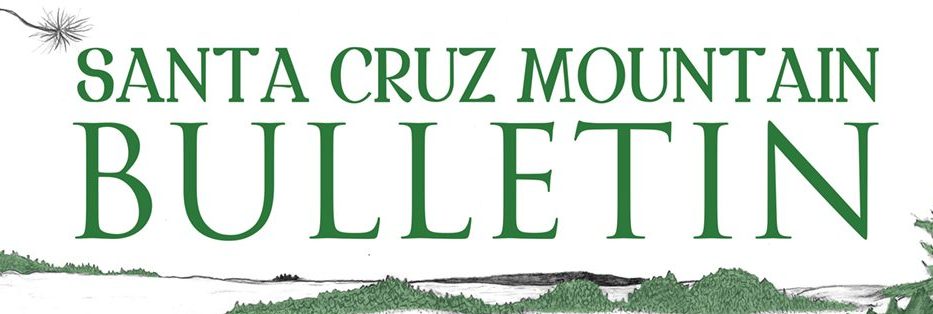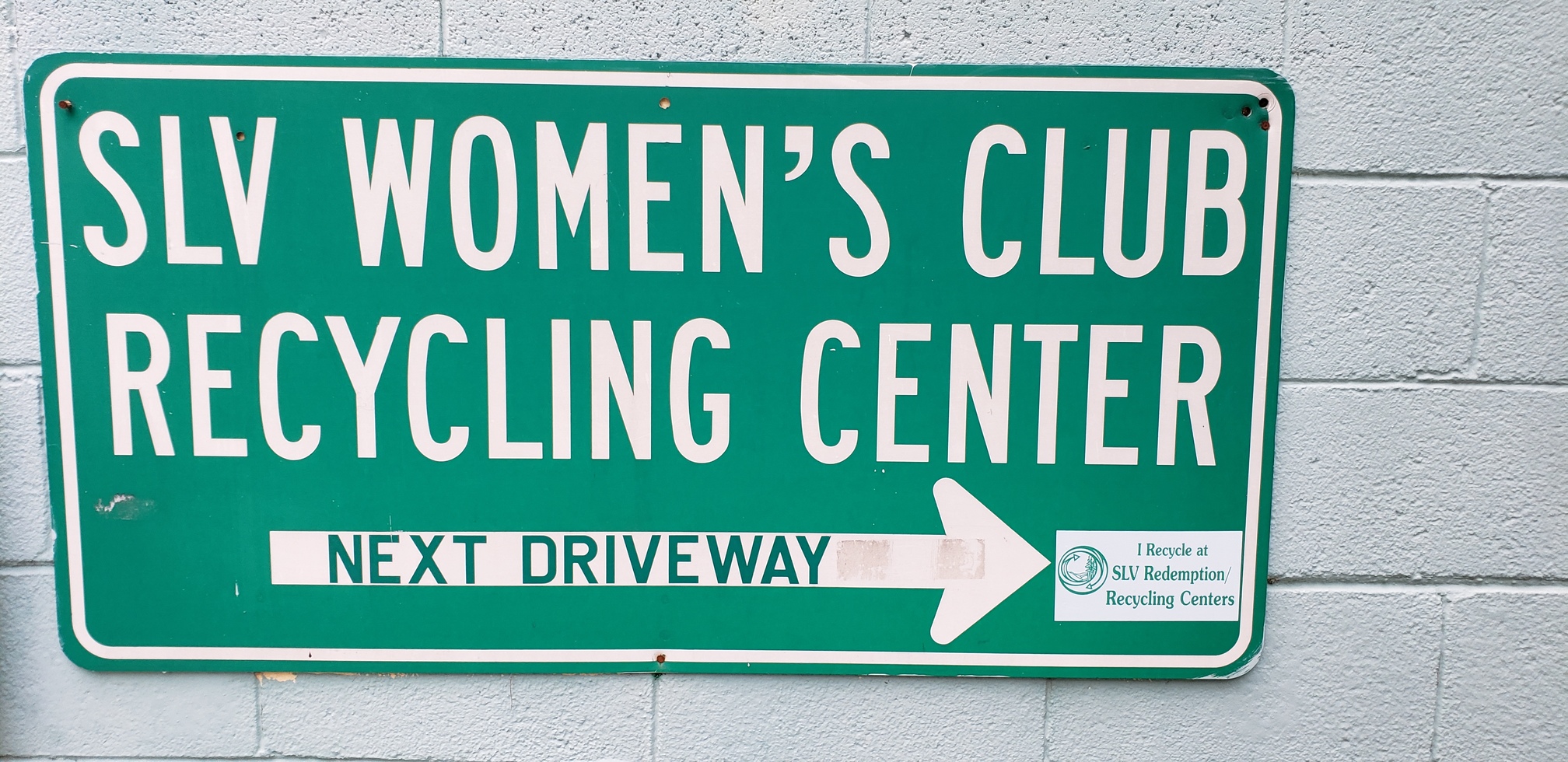By Chris Finnie
The April 1 issue of The Nation magazine says about one dump truck of plastic waste leaks into the oceans every minute—8 million tons each year. “Only 9% of it is recycled. The rest is thrown away, burned, or buried, left to wash into streams and rivers or blow out to sea.” Many of us know the toxic legacy this leaves and have done our best to avoid it. Cities, states, and even some countries have tried to limit the impact. As the CalRecycle website proudly states: “Californians bought more than 23 billion carbonated and noncarbonated CRV-eligible drinks in aluminum, glass, plastic, and bi-metal containers in 2015. More than 18.6 billion of those containers were recycled, saving natural resources, conserving energy, extending the life of our landfills, and helping to reduce emissions of harmful greenhouse gases.” International Markets Crumble But almost all of our recycled materials were processed abroad. China began buying recycled plastic in the 1990s, then had small factories in the country use the scraps to create inexpensive, plastic exports like shoes, bottles, hoses, and gadgets. The U.S. used to send 4,000 shipping containers of recycled goods to China a day. As of 2016, China was importing 40 million metric tons of recycled goods annually. Since January 2018, China has banned the import of most plastic and papers. It also tightened its restrictions on accepting other materials, like scrap metal. Malaysia, Indonesia, India, and Vietnam still buy recycled plastic in bulk. But some of these countries don’t have the proper infrastructure to handle the volume of recyclables China once processed. Now, as of March 1, India has also banned all imports of foreign solid plastic waste and scrap. The move is meant to “close the gap between waste generation and recycling capacity,” and to help keep the country on track for its goal to phase out all single-use plastics by 2020. India produces nearly 26,000 tons of plastic waste daily, and an estimated 40 percent of that is never collected due to inadequate recycling facilities; so it makes sense that the country hardly needs to import more. As a result of these bans, the global recycling system is crumbling. According to a recent report from the New York Times, hundreds of local recycling programs in American cities and towns are collapsing. In states like Tennessee, Florida, and Pennsylvania; cities are reportedly sending newspapers, cans, and bottles to landfills; while others are burning it instead. Santa Cruz County Faces Changes Too Since January 1, 2006, recyclable materials cannot be disposed of as garbage in county landfills. The purpose of this action is to extend the lifespan of the landfills, and to recover valuable resources But the global market changes have had an impact here as well. According to Tim Goncharoff, Zero Waste Programs Manager with the County of Santa Cruz, a number of nonprofits got into recycling in order to provide funding for their other programs. But, with global demand declining, so is revenue. The county has been providing subsidies to help fill the revenue gap, and they’re now talking to cities whose residents use their services about providing some as well. But, in addition to the drop in revenues, the market has changed in other ways as well. Goncharoff says, “The remaining recyclers have gotten really picky. They only want clean, dry, well-sorted material.” That requires infrastructure and facilities that smaller recyclers like the Valley Women’s Club (VWC) doesn’t have and can’t afford to build up. The Future of Recycling Now that the VWC has announced they will drop their recycling program at the end of their contract period in June, Goncharoff says that the County is looking for a new recycling operator for the Ben Lomond Transfer Station. And he assured the Bulletin that the services there will continue without interruption, even if the County has to temporarily operate it themselves. Unlike what’s happening now, they will not turn away any materials, as of July 1. He also notes that Green Waste sends everything they collect to one of world’s largest sorting facilities in San Jose. They’re investing millions in additional facilities. And he says that users can feel confident that what we put in our blue bins will be recycled, noting that the County audits them regularly to make sure this is happening as contracted. Another hopeful development is that Grey Bears has indicated an interest in taking over recycling in Ben Lomond. Goncharoff says they currently have more types of recycling operations, including e-waste and styrofoam, and are working to submit a proposal. In order to help local recyclers remain viable, Goncharoff suggests that everyone make sure recyclables are clean and dry, noting that mold growth can ruin a whole container of materials. The future of redemption With the end of the VWC program, there will now be no California Refund for beverage containers (CRV) services in the San Lorenzo Valley after June 30. In a press release, VWC Recycling Director Matt Harris explained, “The recycling drop-off centers and CRV program are intertwined in every way—equipment, transportation, storage, processing. Thus, there is no way to pull out of either program and keep the other program running. Also, all recyclable materials these days have extremely low value or even negative value, so it has become impossible for our centers to break even. In fact, CRV centers have been closing throughout California over the last few years. The State has failed to update their CRV programs in response to the changing market for recyclables.” The release further notes that the closest remaining redemption is at the Costco gas station at 220 Sylvania Ave, Santa Cruz. You can find others in the county online at: www2.calrecycle.ca.gov/BevContainer/CertifiedPrograms/RecyclersProcessors/ .


